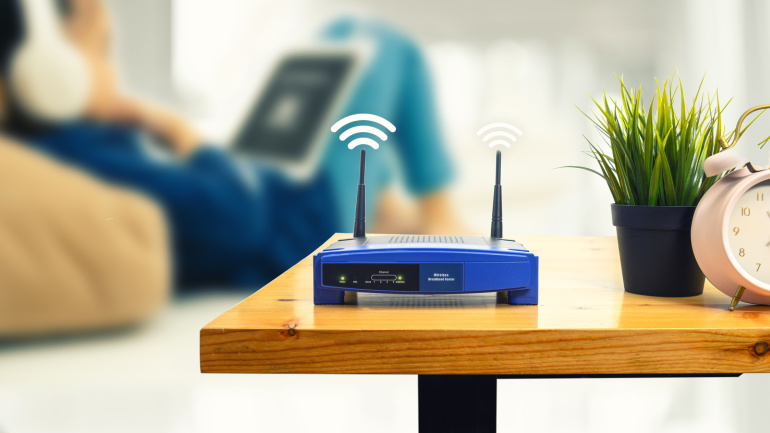In a quantum leap for telecommunications, the emergence of 5G-Advanced next year is set to revolutionize user experiences and catalyze operator revenue growth. Unveiling at the 2023 MWC Shanghai, Huawei is geared to lead this evolution with its innovative capabilities and AI-empowered design. Pioneering 5.5G network solutions, the telecom giant intends to enhance services for a sprawling customer base spread over 260 5G networks worldwide. Close on its heels, is the seamless integration of cloud with the core network, creating intelligent entities of simple Internet-based objects, promising profound implications in IoT.
The shift towards automation in communication service providers (CSPs) is somewhat paradoxical: while advancing in efficiency, it risks diminishing vital human interaction. A recent study by Omdia underlines this predicament, indicating that despite chatbots’ growing usage, consumers predominantly favor human contact, especially when seeking resolutions. Meanwhile, emails emerge as the main channel for consumer engagement, a revelation challenging cost-cutting efforts that bypass burgeoning automation.
The GSMA and the European Space Agency are planning a collaboration to further integrate satellite and cellular technologies. This new alliance promises to bring non-terrestrial networking (NTN) into the market mainstream, a significant step, previously signaled by NTN’s inclusion in the 3GPP’s 5G standards. With eyes set for integration in future 6G networks, this collaborative endeavor aims to advance unique solutions for businesses and consumers. It’s an astounding opportunity that potentially could yield a high-growth market worth $18 billion between 2024 and 2031.
Unveiling a battery and solar-powered 5G site in Texas, Ericsson demonstrates an innovative and eco-friendly approach to creating energy-smart network solutions. This next-generation site not only offers enhanced energy management, potentially trimming operational expenses and reducing energy consumption, but also hints at lucrative future revenue streams from selling excess power. As Ericsson continues to explore greener alternatives, it’s intriguing to see how telecom companies worldwide will adopt this sustainable model.
Vodafone is poised to offer enhanced streaming experiences to its European and African customers thanks to an edge-based content delivery network (CDN) solution. Developed in collaboration with partners Cisco and Qwilt, this technology simplifies CDN management and allows cached video content and applications to be more accessible to the end-user. The benefits? Responsiveness, agility, and improved access for content owners. The solution thrives on the Streaming Video Technology Alliance’s Open Caching Standard, merging multiple content caches to improve user experience.
Telecom alliance Alaian is partnering with chip manufacturer Qualcomm to empower start-ups specializing in Extended Reality (XR). The alliance, comprising of seven telecom giants along with towerco Cellnex, targets initiatives involving metaverse, virtual platforms, and various services or applications from all over the globe. Despite a lukewarm response to the metaverse and the disappearance of mixed reality from the limelight, the conglomerate remains optimistic. Future XR experiences can greatly benefit from the expertise and resources provided by co-operating with Qualcomm.
As the UK’s fibre landscape intensifies with rising competition, leading players are racing to expand gigabit-capable broadband nationwide. Noteworthy, alternative network providers, referred to as “AltNets”, are displaying proactive strategies to swiftly deploy networks. On the other hand, traditional companies are recognising opportunities in fibre rollout, as seen in Openreach’s pricing approach of their wholesale lines.
Dive into the world of high-speed internet connectivity with over 500,000 premises now experiencing 10Gbps speeds using XGS PON fibre infrastructure and welcome news of future expansion plans. A remarkable achievement for Netomnia, this latest success marks just the beginning of their journey towards connecting one million homes by 2024. Central to these ambitions is the goal to cater to underserved rural and less-resourced sectors, revolutionising connection experiences across the UK.
Speculations are intensifying concerning a potential merge between Dish Network and EchoStar. Recent developments fuel questions about the strategic motivations behind this corporate ‘re-marriage’. Despite Dish’s financial burdens and shrinking customer base, it’s making strides in mobile network expansion, while EchoStar’s strong financial standing and plans for a global 5G network radiate growth.
Allegations were made last week against Vivacom, a Bulgarian telecommunications company owned by United Group, by A1 Group and PPF Group. The Bulgarian Commission on Protection of Competition (CPC) had granted Vivacom permission to acquire Networks-Bulgaria and several other smaller Bulgarian telecoms, sparking concerns within the industry.













